Tell me if this has happened to you:
You’re in the middle of your favorite yoga routine, trying to balance yourself in some challenging pose. You know the key is to stay focused and present, but out of the corner of your eye, you spot the Nike logo on a yoga mat, and your brain goes: JUST DO IT! But instead of doing it, your distracted mind makes you fall on your bum…
No? Well, it happened to me, and it got me thinking about how tightly the tentacles of trendy marketing have clutched this ancient practice. It’s no secret that we live in a world where the spiritual essence of yoga contends with the allure of stylish leggings and the next 'it' pose plastered across social media.
Has this influence diluted the millennia-old wisdom of yoga, reducing it to just another commodity? Or, perhaps, is it infusing yoga’s rich tradition with contemporary relevance that speaks to our fast-paced lives, making yoga more accessible and, in its own way, reviving its essence for a new generation?
To better understand the impact of today’s mass consumption on yoga, let’s start from the beginning and map the evolution of yoga practices and teachings.
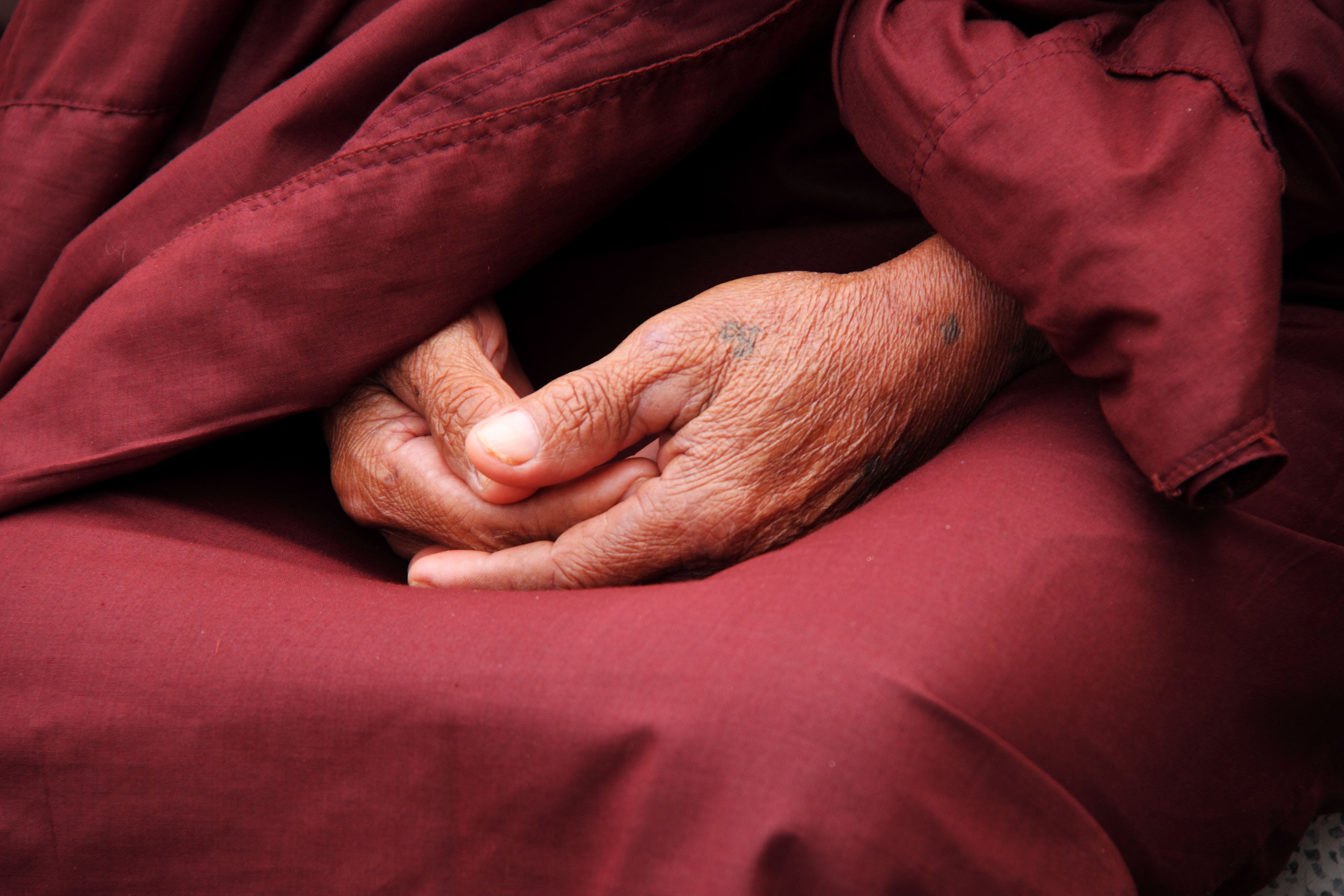
What We Know About Yoga in the Past…
Yoga’s tale unfolds on the Indian subcontinent over 5,000 years ago. In history books, this period was known as The Bronze Age, when ancient civilizations developed the first writing systems and invented the wheel.
The Vedas
The so-called Vedic Age on the Indian subcontinent was marked by the creation of the Vedas, religious texts that detailed the life of that period. They represent the oldest layer of Sanskrit literature and the oldest scriptures of Hinduism. Here, we are introduced to yoga for the first time.
But if your mind tries to imagine ancient civilizations in tight leggings and mats, pause your mind’s eye right there! The concept of yoga began as a philosophical or even religious concept of unity — the notion (or idea) of a union between our soul and the divine (god or cosmic energy).
The Upanishads
A little later in time, around 2,500 years ago, came the Upanishads (post-Vedic Sanskrit texts), and yoga took a more defined shape. It began to be perceived as a path to spiritual enlightenment, as a way to detach oneself from the material world, and as a way to dive deep into the self.
That’s all great, except… the Upanishads were mystical and more cryptic than your average crossword puzzle. They were an attempt to communicate the deep mystical states and spiritual contemplations experienced by ancient yogis but were far too overwhelming and poetic for the average person.
So, the concept of yoga underwent yet another major transformation.
The Yoga Sutras of Patañjali
The next prominent milestone in the evolution of our beloved yoga is The Yoga Sutras of Patañjali, a collection of 196 aphorisms. You’ve probably heard about The Yoga Sutras, but do you know why they’re so important?

Believed to be written by the sage Patañjali, who lived around the second century BCE, The Sutras represent the first and probably most fundamental attempt to systematize and organize various yoga traditions into a single, highly practical guide. In other words, the sage takes this sprawling, mystical concept of yoga and breaks it down into what's basically the ultimate how-to manual: the yoga sutras, something that everyone could practice and understand. Essentially, yoga became a practice that helps us achieve total spiritual liberation and live harmoniously.
Here, the “eight limb yoga" (Ashtanga yoga) is first introduced, as well as the concept of asana (postural yoga). However, while physical practice is part of the Yoga Sutras, yoga is still seen predominantly as a spiritual practice.
And, while the influence of the Yoga Sutras on later systematizations of yoga is questioned, as the text seemed forgotten for nearly 700 years until it was popularized again in the 19th century, Patañjali will remain known as one of the fathers of yoga as we know it.
So, what happened in the 19th century?
Yoga Comes to the West - Sort Of
In 1893, Swami Vivekananda, a young monk from India, stepped onto the stage at the World's Parliament of Religions in Chicago and captivated the audience with his opening words, "Sisters and brothers of America," sparking an enduring enthusiasm for his teachings.
At least, this is how his story is being told…but there are two very important things to note here.
First, while Vivekananda's success in bringing yoga to America made history, he didn’t preach about Instagram-worthy yoga poses. What he presented to the audience is not the yoga that we’re familiar with today. Instead, he spoke of yoga as a spiritual and even religious practice, as he was not really a fan of postural yoga — he called it “nothing but gymnastics” and “queer breathing exercises.”
Second, because of his view of yoga as a philosophical and spiritual journey, his ideas were seen as controversial. America at that time was intrigued but not really receptive.
This is why it’s best to think of Vivekananda's influence as a ripple on the vast ocean of spiritual thought in the West — not overwhelming in size but profound in its effects, paving the way for the type of yoga and spiritual practices that would flourish in the years to come.
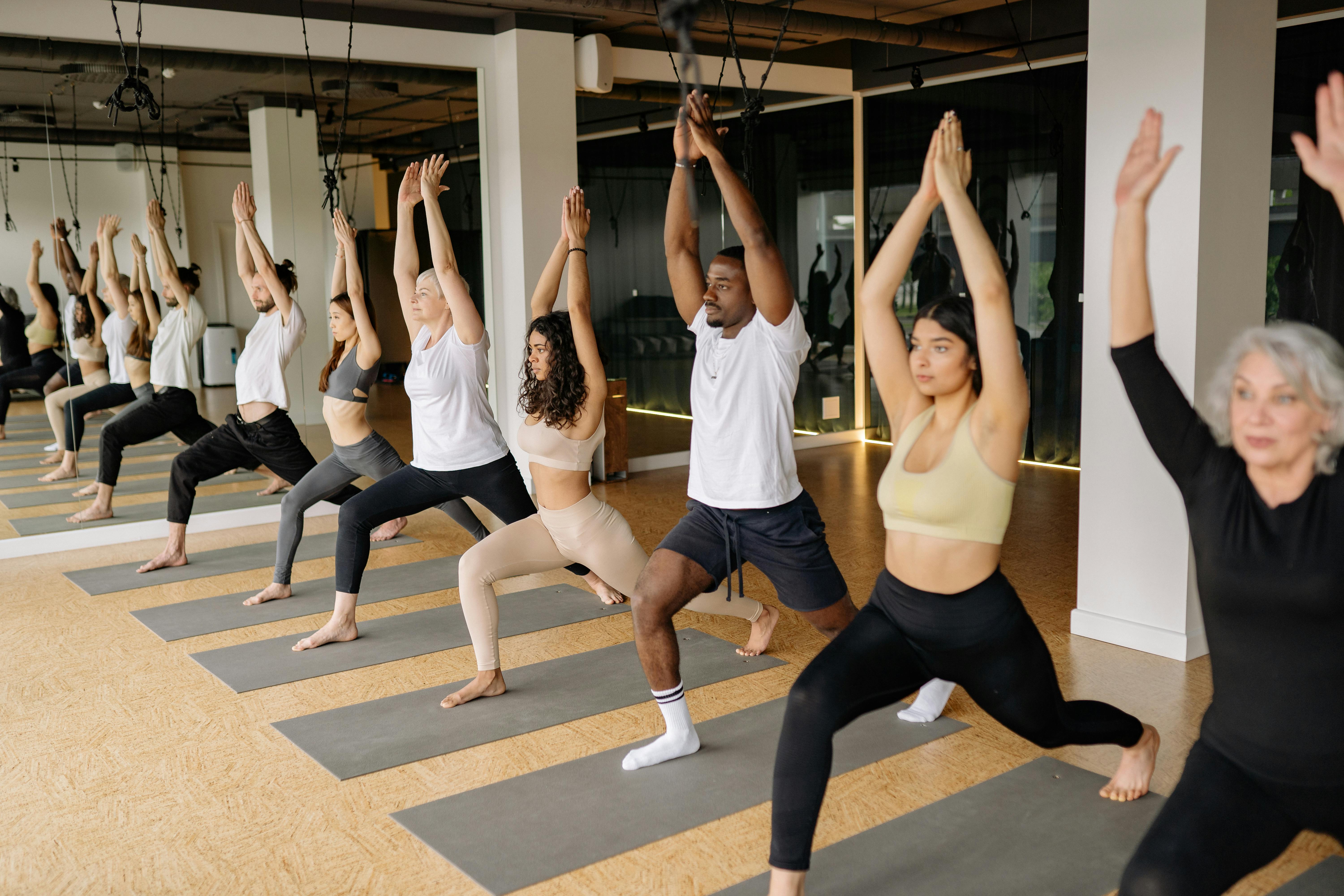
Understanding the Cultural and Political Movements of The 1900s
So why did the physical side of yoga — the hatha yoga — eventually gain more traction in the West? To understand that, we need to peek at the cultural and political movements in the 1900s that impacted which styles were most appealing to the people back then.
In the early 1900s, when Swami Vivekananda “brought” yoga to the West, the world was ripe for a change. This is a period of rapid technological revolutions and new ways of thinking. But, most importantly, the fitness craze was in full swing, with society celebrating the human body through bodybuilding, gymnastics, and other forms of physical exercise. Science and research methodologies regarding exercise became popular, which made physical education part of public schools’ curriculum.
You can understand how, at a time like this, people would be more receptive and even actively looking for new interesting ways to stay active, and yoga as a physical practice would be much more appealing than yoga as a philosophy.
And that’s exactly what happened — posture-based yoga became widely popular thanks to Swami Kuvalayananda.
The Rise of Asana Yoga
Thanks to Swami Vivekananda, yoga had already made its way to America, opening minds and hearts to its spiritual depth. Then came another Swami, Kuvalayananda, who noticed the waning interest in yoga's meditative side.
So, what did he do?
He tapped into the American fascination with science and health, shifting the spotlight on yoga's physical postures. By diving into the science behind these poses and exploring their health benefits, Kuvalayananda not only reignited America's interest in yoga but gave it a whole new spin, showing everyone how it was more than just ancient philosophy — it was a path to wellness backed by solid, contemporary medical science.
This approach resonated profoundly with Western sensibilities, particularly in an era increasingly enamored with scientific validation. The world was rapidly modernizing; scientific advancements were glorified as the pinnacle of human achievement, and physical wellbeing was becoming a metric of progress and civilization. It was in this fertile ground that the seeds of asana-based yoga found their perfect, fertile environment.
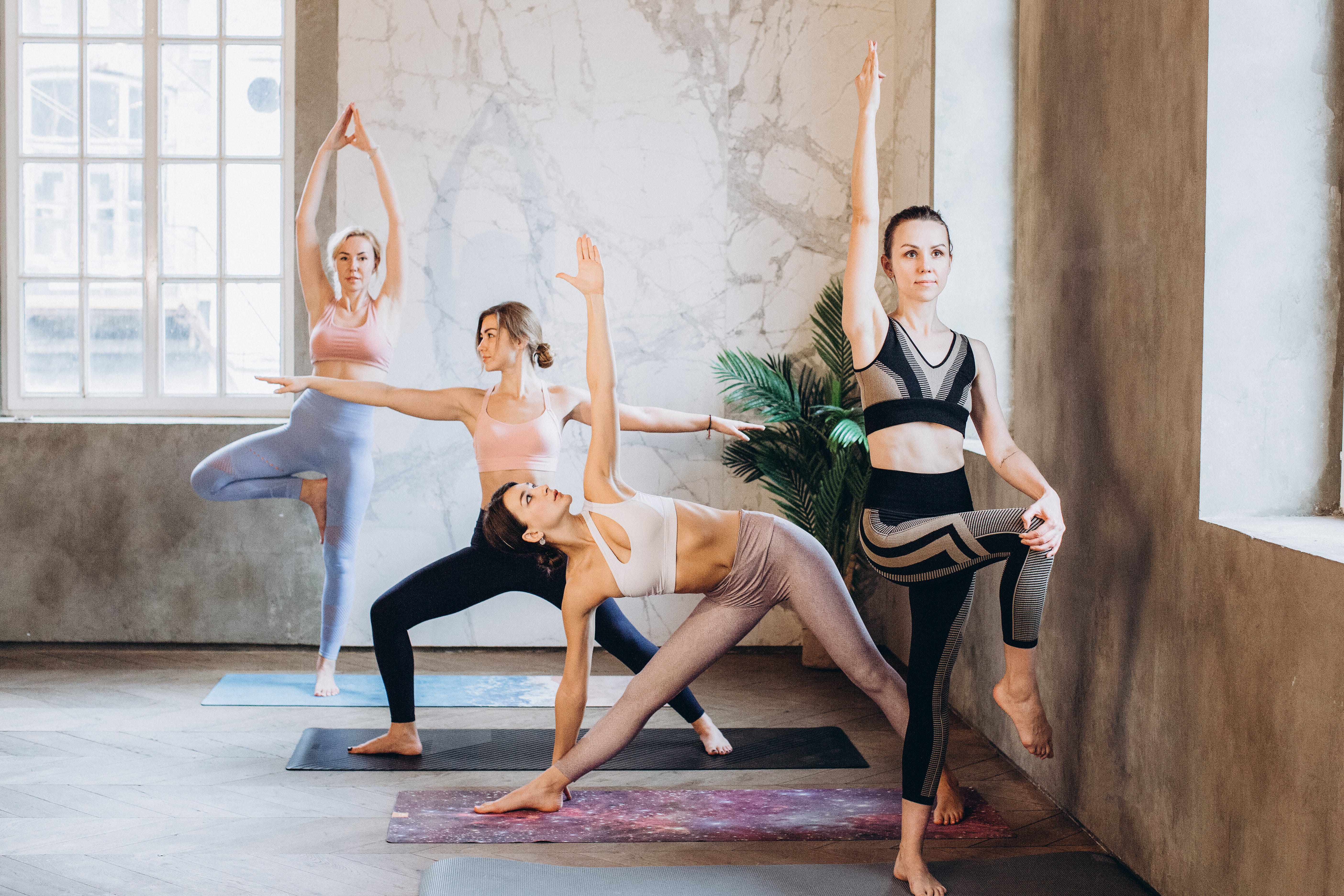
A Perfect Storm: Capitalist America, Interest in Science, and Yoga
In addition to the significant advancements in science and the increased interest in physical education, the late 19th and early 20th centuries in America were characterized by rapid industrialization and the rise of capitalism. Americans were becoming increasingly conscious of health and physical fitness, mirroring the nation's focus on strength, efficiency, and progress.
Now, add to this mix the Indian gurus who migrated to America to spread their wisdom and knowledge about India’s ancient philosophy and practice. Yoga teachers like Kuvalayananda recognized this shift and adapted their teachings accordingly, emphasizing yoga's physical aspects. They presented yoga as a tool for enhancing physical health, which aligned perfectly with the American ethos of self-improvement and the capitalist drive for marketable, consumable wellness products.
This was a yoga reimagined through the lens of Western priorities and sensibilities — a yoga that could be measured, analyzed, and commodified.
As a result, yoga in America began to morph into a predominantly physical practice. The spiritual roots of yoga, while not forgotten, were often overshadowed by the wide appeal of its tangible, visible benefits.
So, the “Westernization” of yoga was not just a cultural translation; it was yet another reinterpretation of yoga shaped by the socio-economic and political currents of the time. Just like a mirror that reflects its object, Western yoga reflected the values and priorities of its new home. In a way, we can say that this transformation was a natural continuation of yoga’s evolution and adaptation through time, although such a dramatic shift from its roots raised concerns about its authenticity.
With the rise of social media in the past decade, these concerns have become even more pronounced and valid. How is social media shaping the perceptions of yoga and its purpose?
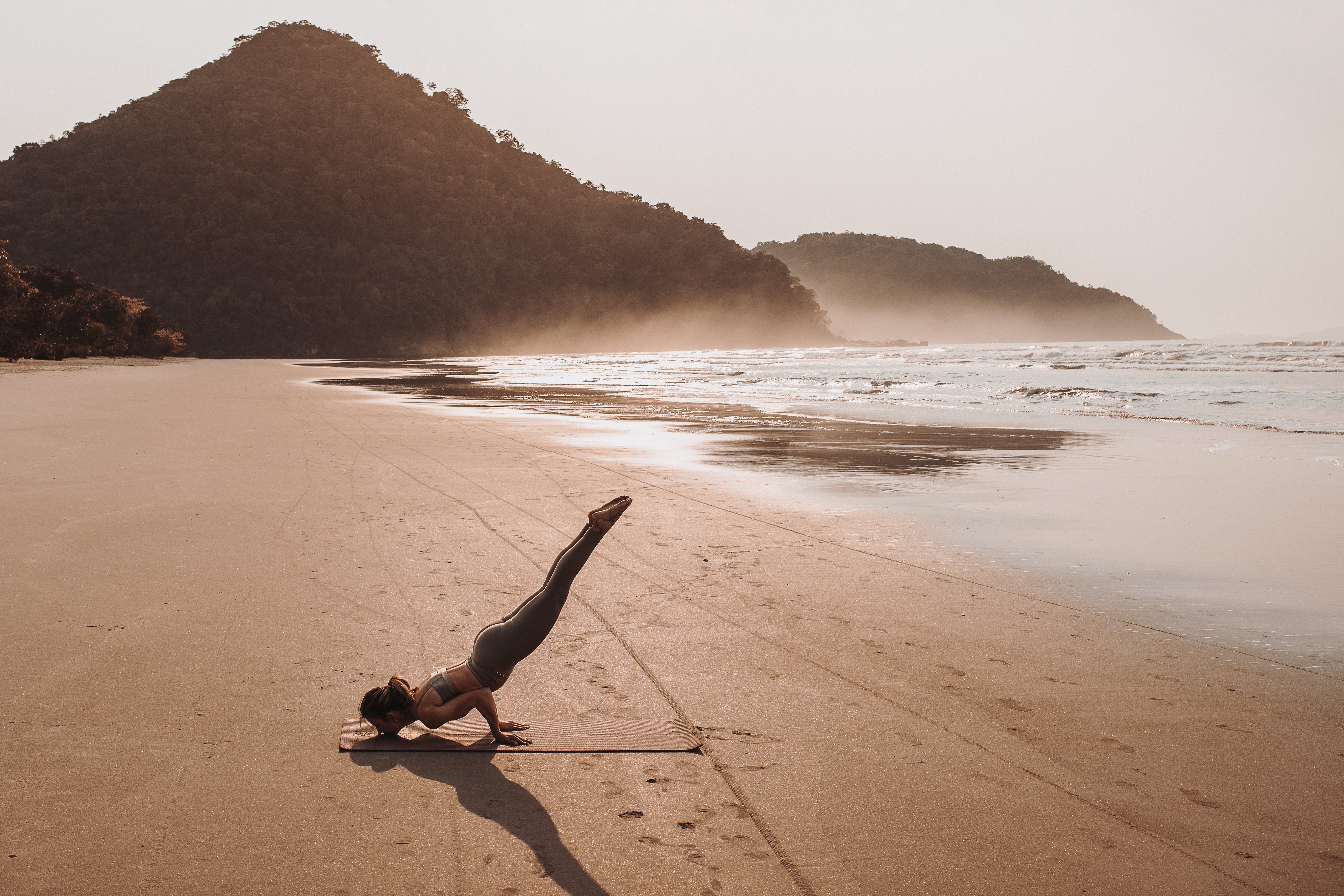
Yoga Through the Lens of Social Media
Social media was a true game-changer in all aspects of our daily life. Not only does it change the way we interact with each other, but it also actively shapes our perceptions of the world we live in, and yoga is no exception.
Platforms like Instagram and Facebook are awash with images of perfect poses against picturesque backdrops, creating a visually stunning but somewhat skewed narrative of what yoga is all about. Dare to scroll, and you’ll see what I mean. It’s like a parade of flawless yoga poses, flawless movements, flawless bodies, and jaw-dropping, insane challenges that you never thought a person could do!
This glossy, picture-perfect view is entertaining and eye-catching, no doubt, but it also merits some real talk about what we're losing in the way of the true spirit and purpose of yoga.
Concern No. 1: The Aesthetics of Personal Growth
Firstly, there's an increasing focus on the aesthetic aspect of yoga. Everything we see on these social platforms is edited, altered, and enhanced in order to be more visually pleasing. Not only are the colors changed, but the scenery is digitally transformed, and the body proportions of yoga practitioners are unrealistically photoshopped.
Basically, the online world becomes a reflection - not of reality - but of our imagination and is, therefore, undeniably better and perhaps depressingly not attainable. And while we may be aware of this, our brain is nevertheless getting excited and stimulated by these images, which is a problem because then our reality fails to achieve that same effect.
Not only does this lead to frustration and dissatisfaction with oneself, but it stands in stark contrast to the whole purpose of yoga: the liberation of the fluctuations of the mind and a path of personal growth.
Indeed, this emphasis on the physical and visual aspects can overshadow the deeper, more personal journey of yoga. It risks reducing a profound practice to merely a tool for achieving a certain body ‘ideal“ or a snapshot-worthy pose, thus potentially alienating those who don't fit this narrow mold.
Concern No. 2: Unrealistic Expectations and Self-Image
We already touched upon this in the previous section, as everything is tightly interconnected. But it is a standalone issue: social media can cultivate unrealistic expectations and a negative self-image.
For many, these picture-perfect representations can be disheartening, creating a sense of inadequacy and discouragement. Yoga, in its true form, is about self-acceptance and personal growth, but the social media portrayal often leaves little room for the messy, imperfect, and beautiful process that personal growth entails. So, instead of being empowered, we end up feeling "not good enough."
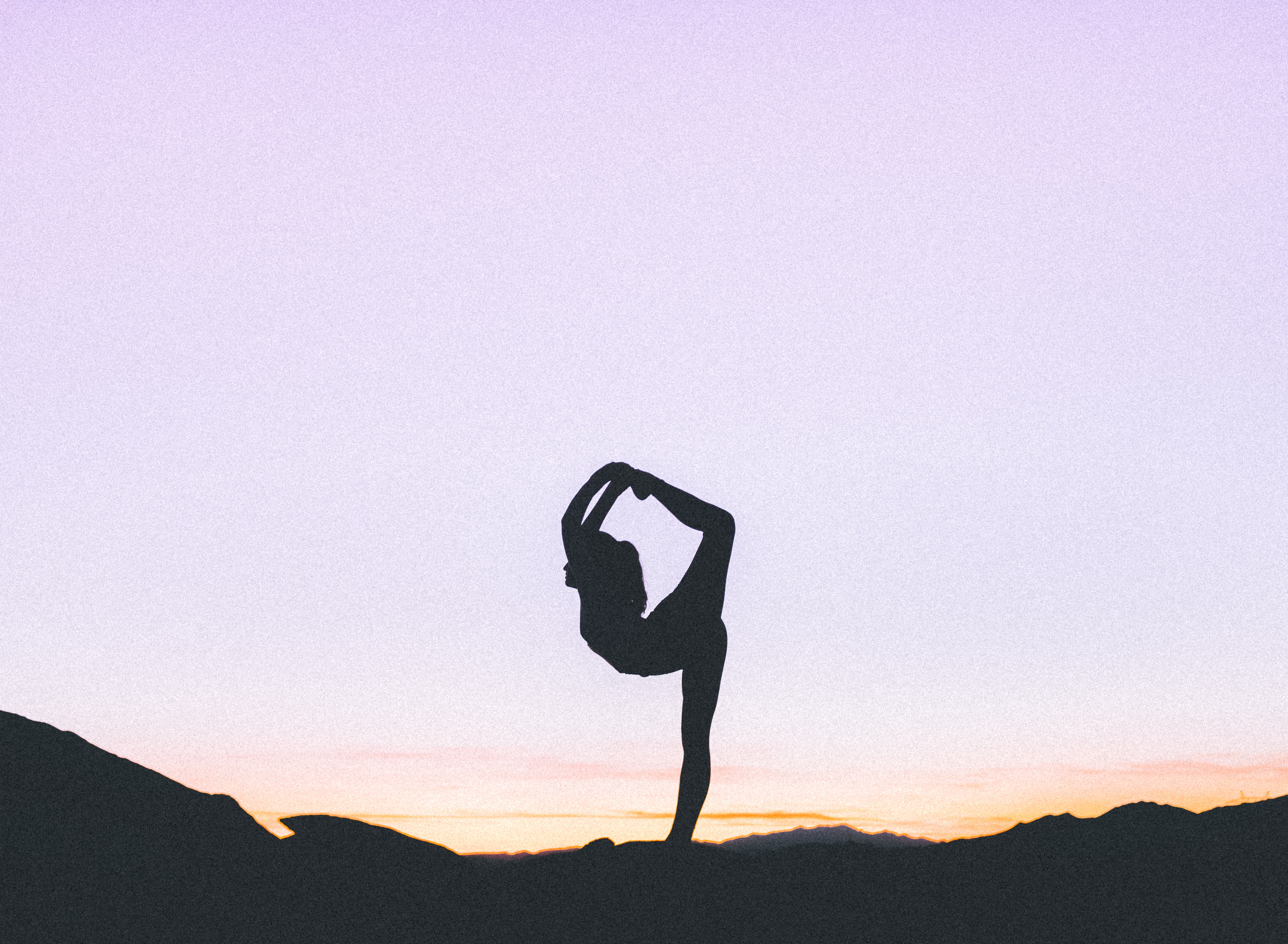
Concern No. 3: Neglecting Integral Practices
Even Kuvalayananda, who studied yoga more scientifically and promoted postural yoga for its health benefits, did not have such a narrow and superficial understanding of yoga as we consume it through social media today.
The focus on visually appealing poses means that other vital elements of yoga, such as breath work (pranayama), meditation, and self-reflection — practices that offer profound health benefits and spiritual growth for those who seek it — receive far less attention, if any. These practices don’t always make for impressive and awe-inspiring images, so they’re barely mentioned. Yet, they’re the backbone of yoga, whatever way you choose to look at it.
And – I’d like to mention – a “profound” description that accompanies an image of a challenging yoga pose feels more like an empty platitude than a serious concern with the non-physical aspects of yoga.
The Silver Lining
Of course, it’s not all doom and gloom. Our comprehensive deep-dive would be incomplete and partial without acknowledging some of the benefits that have resulted from our modern take on yoga.
For instance, social media played a huge role in knocking yoga off its mystical pedestal and making it more accessible to us regular folks. Gone are the days when yoga felt like this secret club for the chosen few. Now, it's for everyone – regardless of your beliefs, needs, background, or body, there's a place for you in the yoga community.
And the best part? There’s a whole universe of online yoga communities, free how-to videos, versatile classes, as well as tips, all just a couple of clicks away. Yoga's never been this friendly or easy to get into.
The Good and the Bad
So, where does this leave us?
The relationship between yoga and the online space is a nuanced one. It’s not a clear-cut narrative of good or bad, right or wrong. It’s probably best to look at it as a reflection of our times and the bigger trends in our modern-day lifestyle. It’s best that we move forward without harsh judgment but with a discerning eye.
We should recognize both the positives and the pitfalls in order to find a balance. And we – the yogis – can contribute to how yoga is viewed and presented. For instance, we could share our physical progress with our friends and family whenever we feel proud of ourselves, but without skewing reality and neglecting our internal progress! In doing so, we are transparent about our journey and we honor not just the physical practice of yoga but its rich philosophical roots and its transformative power as well.
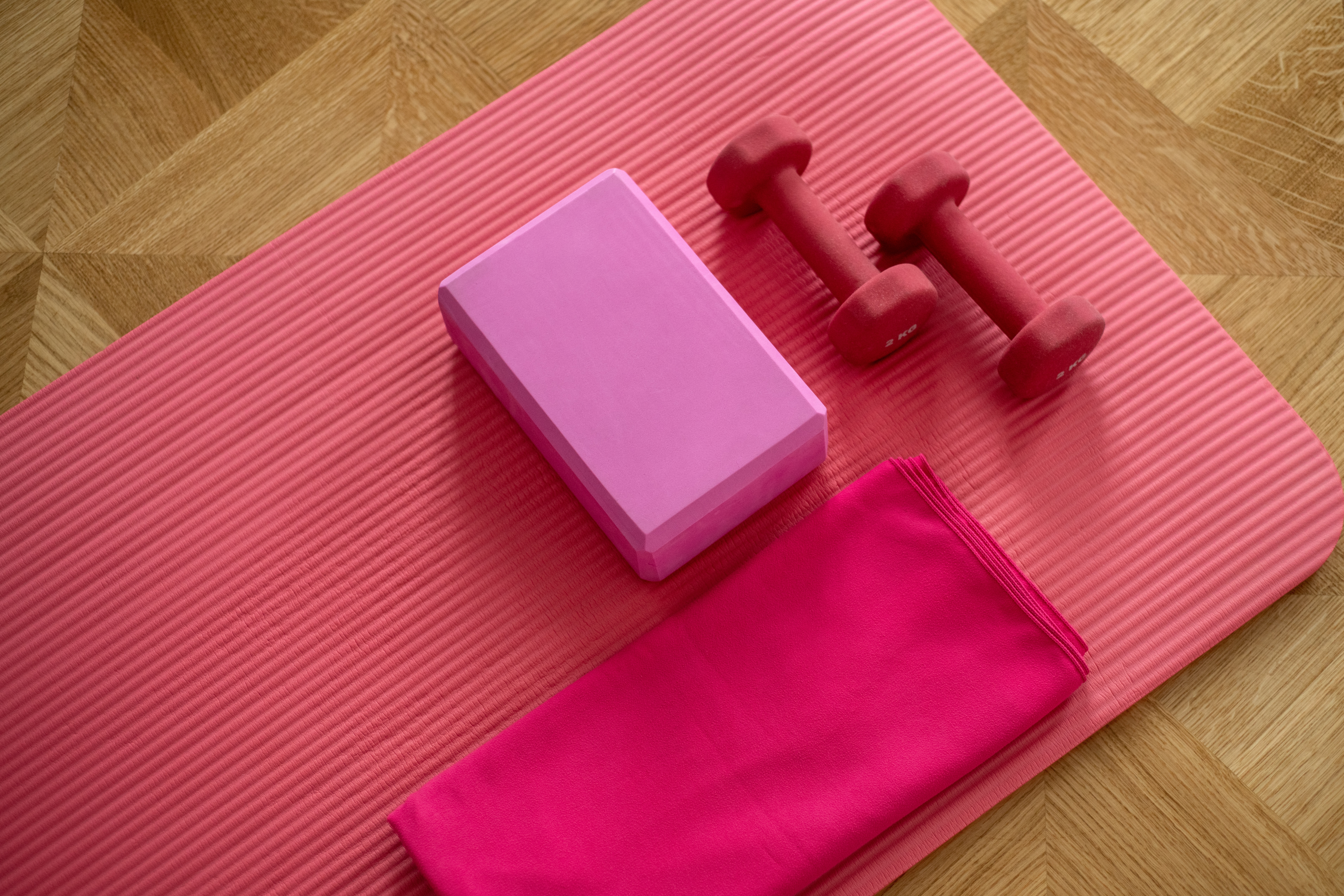
Finding Balance Between Tradition and Trend
Hopefully, you now have a better understanding of how yoga changed when it came to the West, how it kept changing, and how the shape it’s taken today reflects our own culture. Understanding and accepting that becomes the foundation on which we can then build our own more subjective, perhaps authentically personal, interpretation of yoga and use it more holistically.
No matter what you see online, remember that yoga is more than just fancy poses and cool pictures. It's about feeling grounded, finding peace, and getting to know yourself better. So, while we're all for those Insta-worthy yoga moments, let's not lose sight of what's at the heart of it all.
I’m a firm believer that modern technologies bring people together and we can leverage them to find something that fits our needs perfectly, but only if we use it ethically and wisely.
And, like most things in life, it all boils down to balance. Don’t be afraid to explore yoga and make it your own.



Thanks Angela. I love so many things about this article.